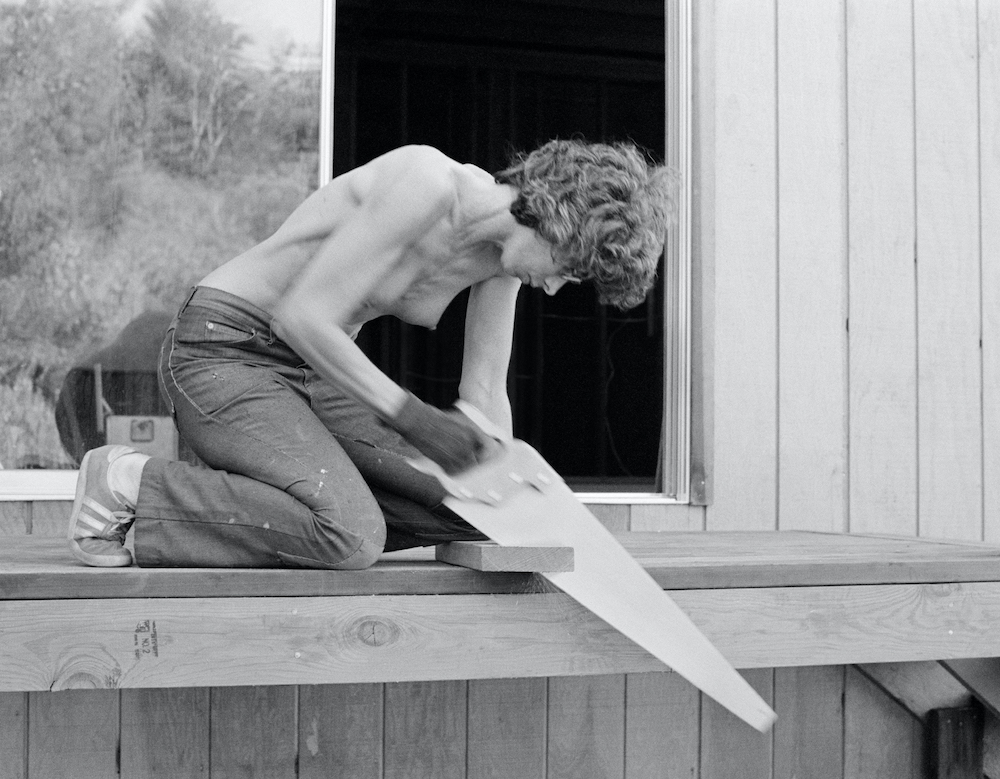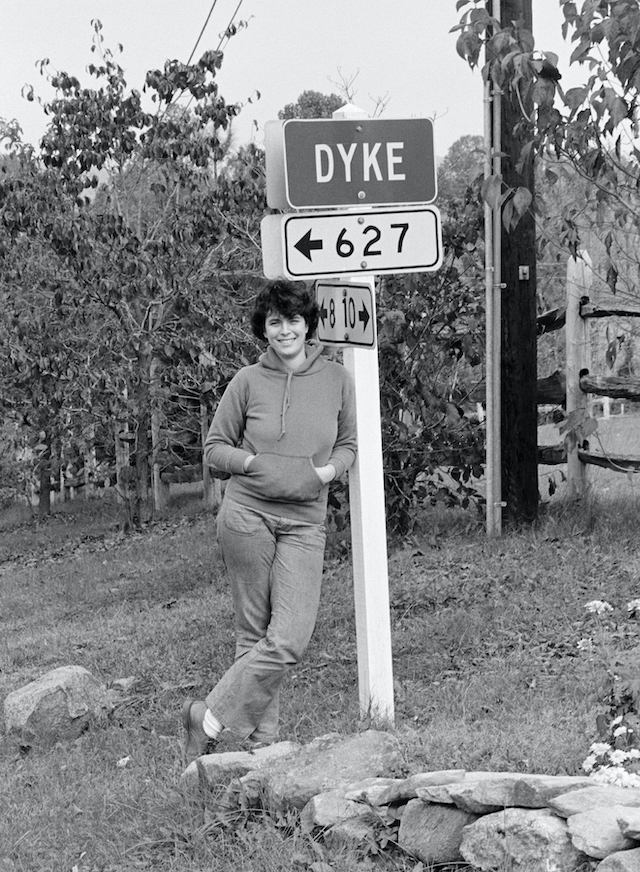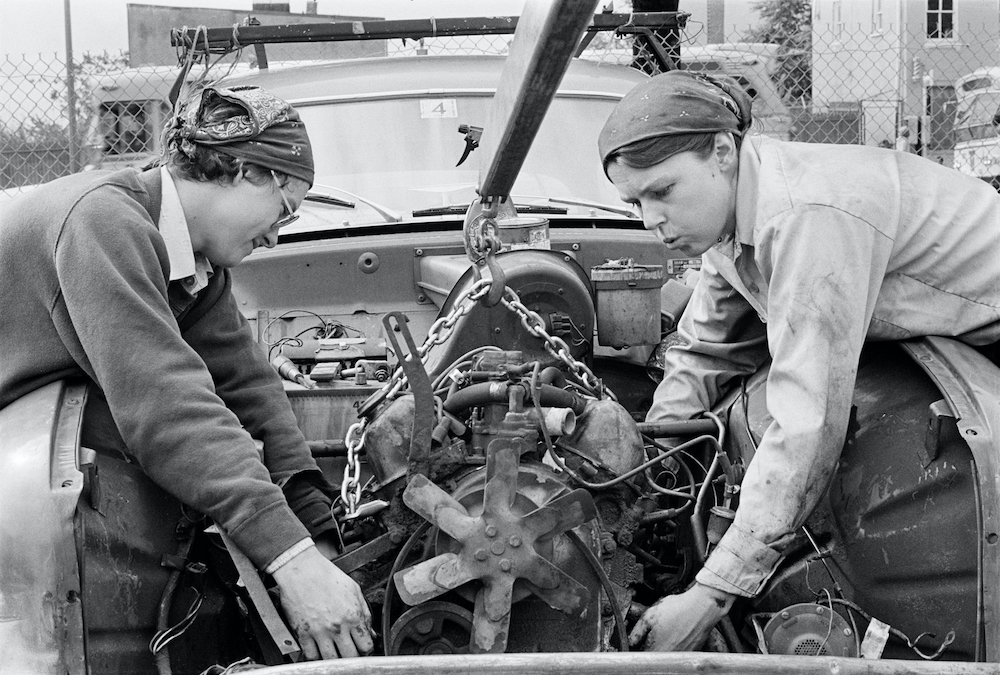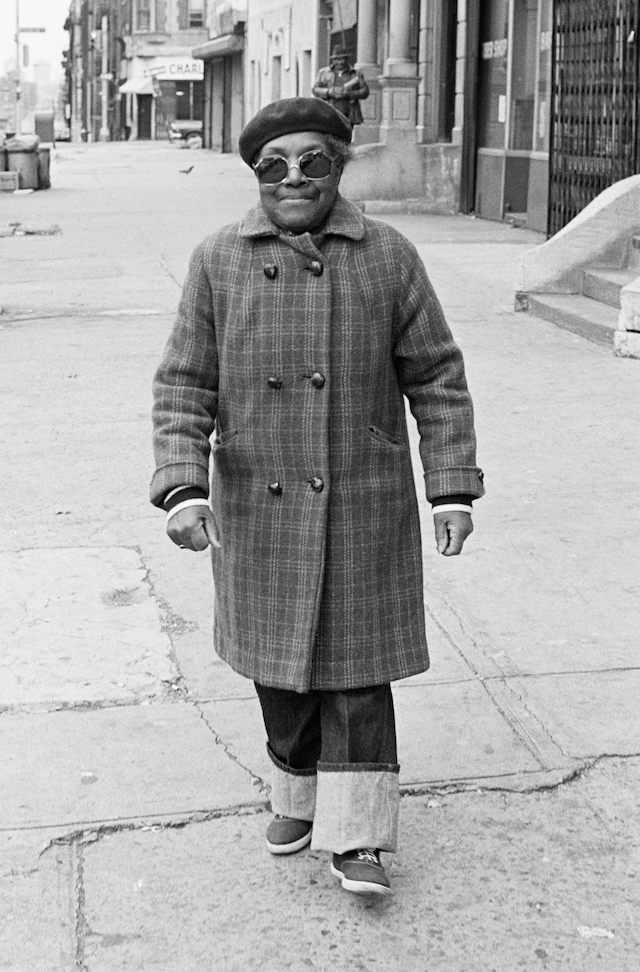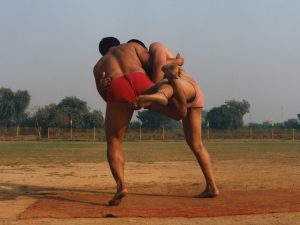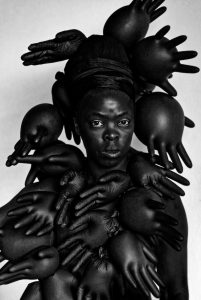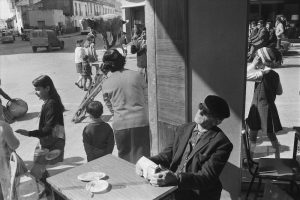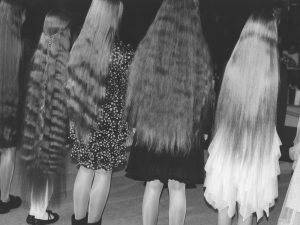JEB (Joan E. Biren) on her revolutionary body of work “by a lesbian, of lesbians”
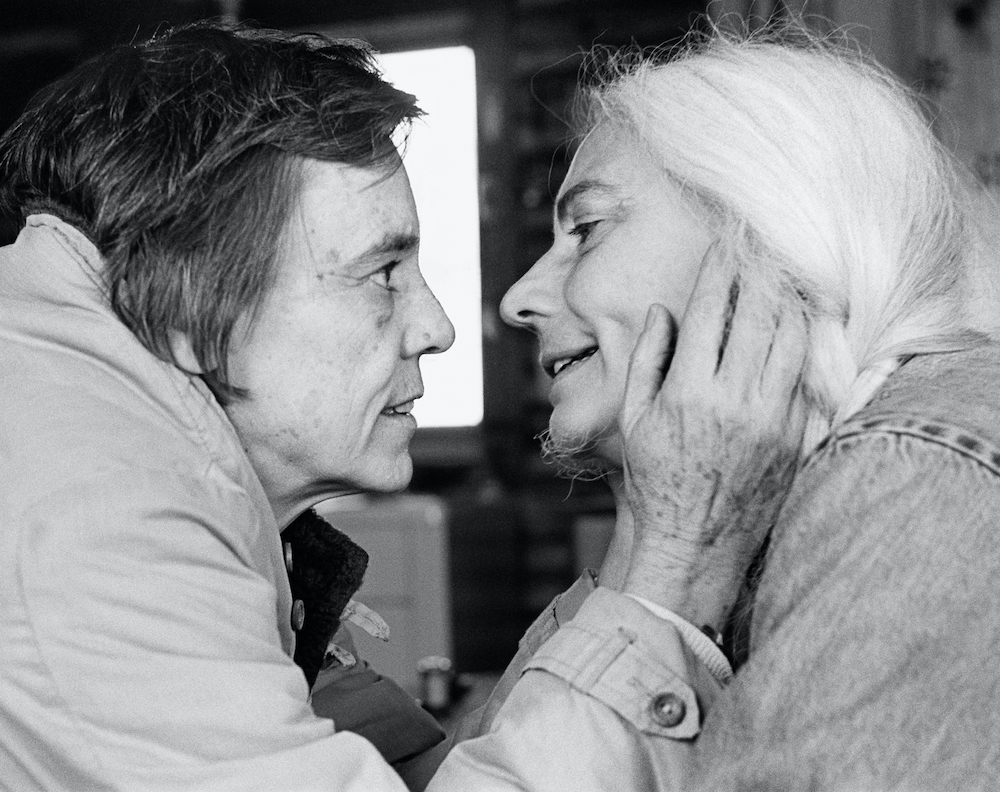
Launch yourself back to a time in the 1970s. During this period, the LGBTQ+ rights movement was on the rise – spearheaded by the Stonewall riots in New York City. A series of demonstrations by members of the LGBTQ+ community, these riots were prompted by a police raid in 1969 at the Stonewall Inn, located in Greenwich Village, Manhattan. The police became violent, and protestors fought back. This was deemed as one of the most important events in the lead up to the gay liberation movement and the fight for LGBTQ+ rights in the United States. And in the western world, for that matter.
As such, the 70s saw an increase in freedom and visibility for those previously marginalised, hidden and shunned from society. It’s a decade that saw mass change, with a few key dates detailing as such; this includes the first Gay Liberation Day March held in New York City, followed by the first LGBTQ+ Pride Parade in Los Angeles; in 1971, the homosexual rights organisation Society Five was initiated from Melbourne Australia, meanwhile homosexuality was decriminalised in Austria, Costa Rica and Finland. 1972 saw Sweden become the first country in the world to allow transgender people to legally change their sex, providing free hormone therapy in response; Hawaii legalised homosexuality this year and in 1975, so did South Australia and California. In 1978, a protest commemorating the StoneWall Riots led to many arrests, which sparked more protests the following year known as the Sydney Gay Mardi Gras, and later the Sydney Gay and Lesbian Mardi Gras. This was also the first time that the rainbow flag was used as a symbol for the community.
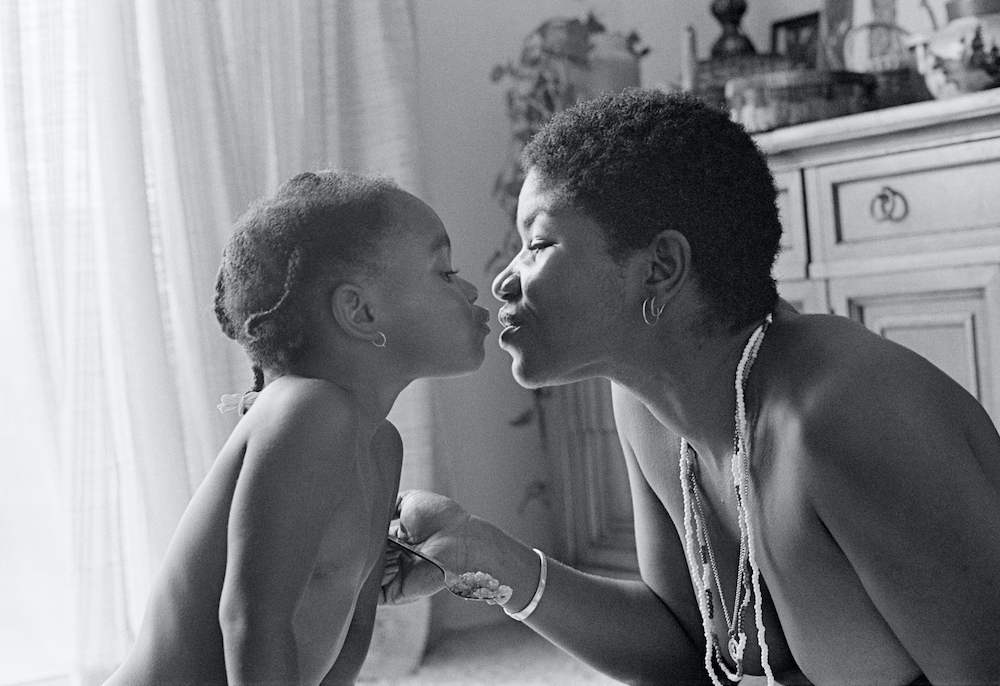
A rich and complex history, Joan E. Biren, an American photographer and filmmaker known as JEB, has long sought to unearth and combat the years of discrimination found amongst these communities. She’s spent her entire career documenting the lives of lesbians, marking herself as a radical feminist and change maker for the many, and thus inciting her values through groundbreaking photography and work as a member of The Furies Collective, a short-lived yet impactful lesbian commune.
In 1979, JEB self-published her first book, Eye to Eye: Portraits of Lesbians. No better word than revolutionary can be uttered when describing the influence of this work, wherein the photographer captured intimate portraits of lesbians from all walks of life – those in their daily environment, working their day jobs, kissing or embracing their lover. In doing so, JEB visited communities across the US throughout the ten years it took to complete this remarkable project, attending pride marches, music festivals and women’s conferences and photographing along the way. A signifier of queer visual history, even to this day, Eye to Eye: Portraits of Lesbians continues to have lasting impact. 40 years later, and the publication is now reissued by publisher Anthology Editions, featuring contributions from Lola Flash and Lori Lindsey, plus essays from Tee Corinne, Joan Nestle and Judith Schwartz.
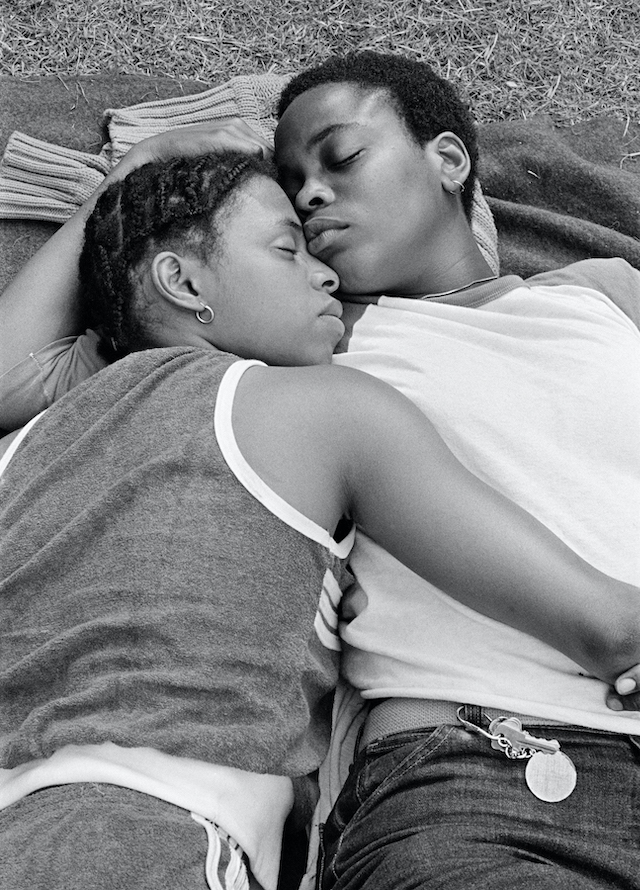
“This book was made for lesbians,” JEB explains of the work. “It was revolutionary because it was the very first book of photographs by a lesbian, of lesbians with their names and showing their faces, with the word ‘lesbian’ on the cover, in the US and probably the world.” The book was received with gratitude and excitement, with the first print run of 3,000 books selling out in five months. The second run sold out just as fast, and the book was deemed as the LGBTQ+ bookstore bestseller list. It was the only known book of this ilk, featuring personal stories and a detailed text by historian Joan Nestle. The pictures were also paired amongst writings from acclaimed authors, Audre Lorde and Adrienne Rich.
It’s an understatement to say the JEB’s work spurred on cultural, political and societal change. Not only in the moment of publishing, but also in the years that would proceed its initial launch. The thing is, despite the healthy progression in terms of LGTBQ+ representation, there still remains an underlying (or perhaps obvious) tone of vigilance amongst the community; there’s still much progress to be made, and the white male figure still dominates mainstream media. “That must change to include all BIPOC people, it must include trans and non-binary people, fat people, poor people, disabled people, old people, immigrants,” says JEB. “We need representation that is a true refection of all the people in our society, knowing that the LGBTQ+ community includes people from every demographic. And it’s not just about representation. It is about fighting for social justice. We must change the racist, sexist, capitalist systems that profit from excluding so many people from equal representation and from equal freedoms.”
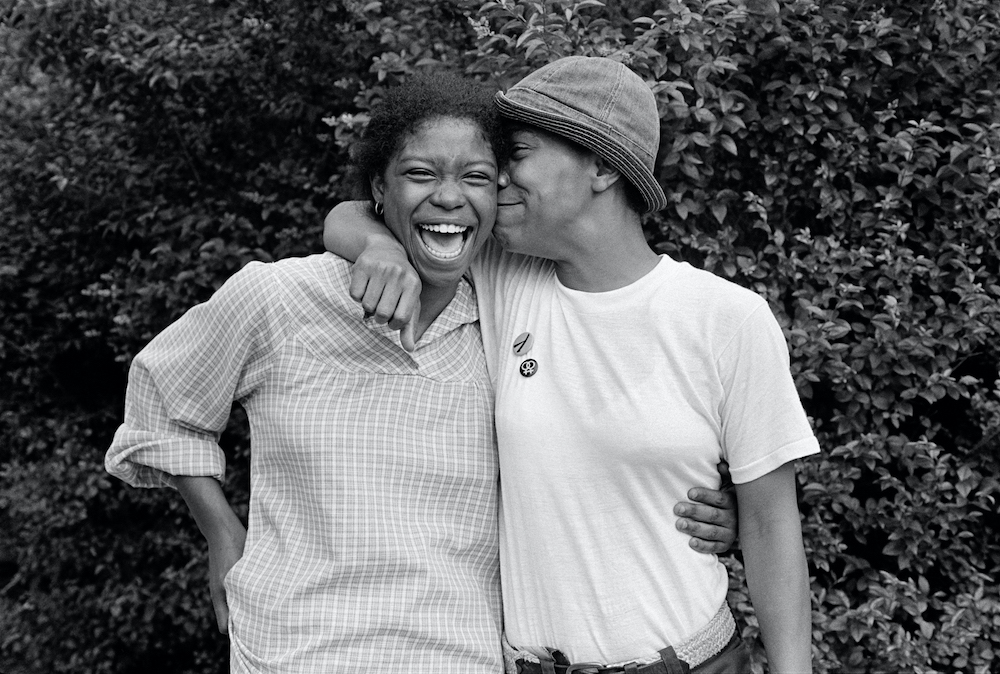
After the initial launch in the late 70s, JEB received letters from women across the world who shared their deeply personal stories of how the work had impacted their lives. To see a lesbian in the media, in printed form and in art, was an experience like no other; to see lesbians documented in such a compelling and compassionate manner thus ignited the reasoning to feel less displaced. It affirmed the existence of lesbians and propelled their lives into the mainstream through political movements. So now, a few decades onwards, it’s plain to see how JEB’s body of work has helped to construct a better world – “a way of [lesbians] seeing themselves differently, imagining their lives could be better.”
“If you can’t visualise something better you are not going to fight for change. If you can see a lesbian mother, if you see a Black lesbian, if you see a lesbian auto mechanic and you never even imagined such a thing; that photograph can give you the courage to dare to become that,” she remarks of the work’s eternal impact. “Seeing something previously unimagined can move us to desire it for ourselves so much that we are moved to action. Adrienne Rich called revolutionary poems ‘a wick of desire’. I want my images to act as ‘wicks of desire’ to make the idea of change irresistible.”
Eye to Eye: Portraits of Lesbians by JEB (Joan E. Biren) is published by Anthology Editions
